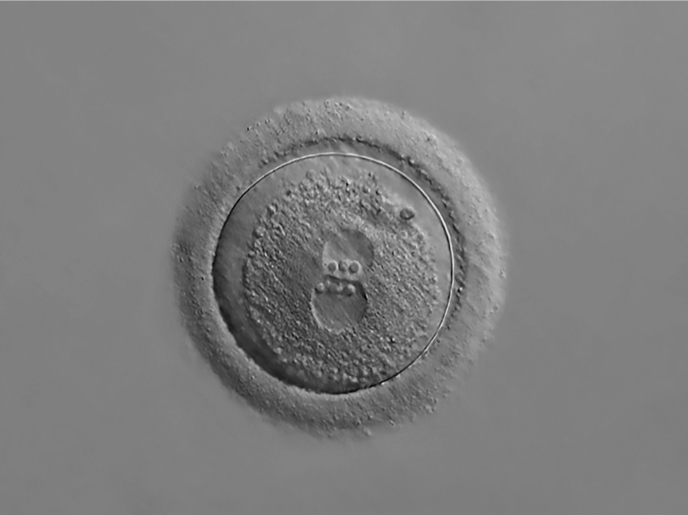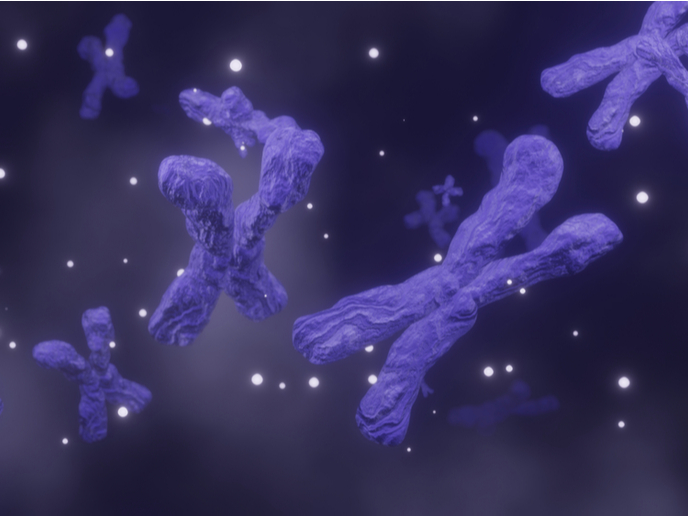Environmental effects on reproductive system
Male reproductive health problems, such as undescended testis, hypospadias, testicular cancer and poor semen quality are inter-linked and may reflect disruption of testicular development (testicular dysgenesis syndrome, TDS). Environmental chemicals can contribute to disorders of reproductive health. Funded by the EU, the 'Developmental effects of environment on reproductive health' (DEER) project used existing human birth population samples for chemical exposure analyses. In addition, established in vitro and rat models were evaluated to better understand the association between foetal testis development and male reproductive disorders. The effect of chemicals such as plasticiser dibutyl phthalate (DBP), dioxins, polychlorinated biphenyls (PCBs) and pesticides on foetal testes development, androgen action, steroid production was investigated. Links to the occurrence of male reproductive disorders, insulin resistance, obesity were also explored. Breast milk levels in Danish and Finnish populations were checked for 121 endocrine disrupting chemicals (EDCs), including PCB, DBP and dioxin, in search of a correlation between chemical exposure and cryptorchidism. Cryptorchidism is a birth defect characterised by the absence of one or both testes from the scrotum. Results showed that the gonadotropin-releasing hormone pathway (GnRH) and arachidonic acid metabolism pathways were involved in reproductive disorders. Postnatal and foetal testes in regular and DBP-exposed rats were tested, with the latter showing lower testosterone production. Genetic studies of TDS cases identified biomarkers located in the region of TGFBR3 (transforming growth factor receptor III) and BMP7 (bone morphogenetic protein 7). TDS gene biomarkers – KITLG, TGFBR3 and BMP7 – were validated through a study on 671 Nordic men. Liquid chromatography and high-resolution mass spectrometry were used to reproducibly generate relevant chemical phenotypes from human serum samples of differing semen qualities. An association was found between sperm concentration and metabolic profiles. TDS affects a large portion of the male population in western countries today. Thus, DEER outcomes could contribute to proactive intervention and resolution of incidence of TDS through timely measures. However, genetic, epigenetic, lifestyle and environmental factors would need to be thoroughly assessed for a better understanding of TDS.







